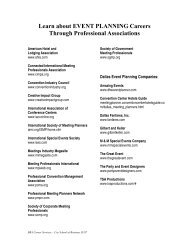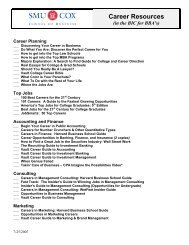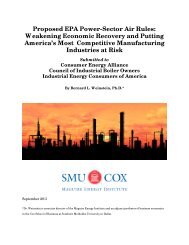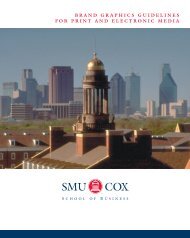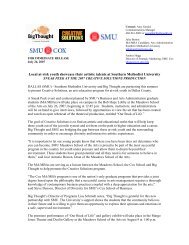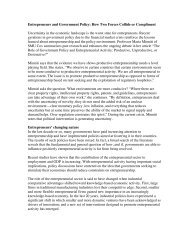Lessons from the Texas Homeowners Insurance Crisis Bob Puelz ...
Lessons from the Texas Homeowners Insurance Crisis Bob Puelz ...
Lessons from the Texas Homeowners Insurance Crisis Bob Puelz ...
Create successful ePaper yourself
Turn your PDF publications into a flip-book with our unique Google optimized e-Paper software.
while variations in perils help explain variations in premiums, <strong>the</strong> Water peril played an<br />
extremely important role during <strong>the</strong> sample period.<br />
Among <strong>the</strong> control variables, <strong>the</strong> coefficient on lnHous is negative, supporting <strong>the</strong><br />
hypo<strong>the</strong>sis that larger counties (reflected by <strong>the</strong> number of housing units per county) are<br />
associated with lower premiums, perhaps reflecting cost efficiencies in handling claims among<br />
larger counties. The coefficient on <strong>the</strong> urbanization variable, lnRHous, is also negative,<br />
supporting <strong>the</strong> hypo<strong>the</strong>sis that as an increasing percentage of a county’s total housing units are<br />
classified as rural that premiums per $1,000 are lower, reflecting density and geographic<br />
diversification not found among more urban environments. The proposition that higher<br />
proportions of housing that are classified as vacant are associated with higher premiums per<br />
$1,000 of exposure is supported by <strong>the</strong> positive coefficient associated with lnVacant. This<br />
finding may be indicative of <strong>the</strong> additional uncertainty insurers confront with non-occupied<br />
housing. Two variables, average income per capita by <strong>Texas</strong> county and <strong>the</strong> percentage of a<br />
county’s housing that is rental, were hypo<strong>the</strong>sized to be associated with <strong>the</strong> wealth impact<br />
argument of Klein and Grace (2001). It was hypo<strong>the</strong>sized that income (proportions of renters)<br />
would be negatively (positively) related to premiums per $1,000 of exposure. While <strong>the</strong><br />
proportion of renters was not found to be related to premium, higher levels of income were found<br />
to be positively related to premiums contrary to prediction. Finally, while household size and <strong>the</strong><br />
proportion of <strong>the</strong> county that is non-white were not found to be significantly related to premium,<br />
higher levels of crime rates were found to be statistically associated to higher premiums,<br />
consistent with prediction.<br />
VI. Concluding Remarks<br />
21






